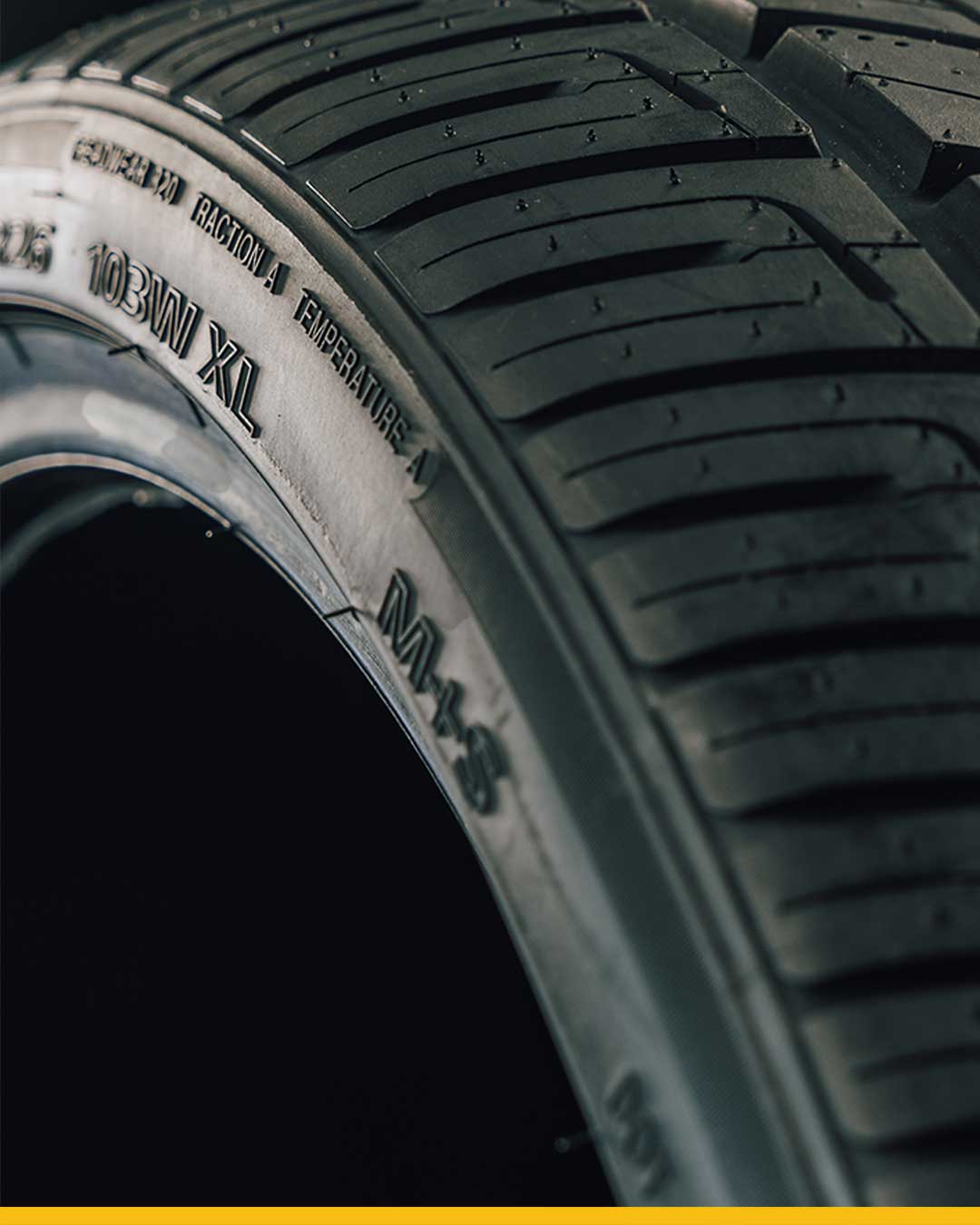Tire Maintenance & When To Replace Tires
Tires play an important role in your car’s performance. By understanding proper tire maintenance, you can extend the life of your tires and keep your car running smoothly. In turn, knowing when to replace your tires can ensure you and your family’s safety. On average, 33,000 accidents happen annually because of tires, according to the National Transportation Safety Board (NTSB). At least 2,000 of those accidents are related to tire blowouts.
Tires are often overlooked, until it’s too late. Yet, there may be some concerns ready to materialize even if the tires appear normal. Properly maintaining and replacing your tires can lead to improved fuel efficiency, improved vehicle performance (specifically in emergency situations), boost dependability, and lessen the risk of damage caused by a flat tire.
In this article we’ll go over some proper tire maintenance techniques as well as when tires should be replaced.
Proper Tire Maintenance
Tires are the only part of a vehicle that have direct contact with the road. Tires affect handling, braking, ride quality, and safety of a vehicle. Checking your tires on a regular basis is an important step in ensuring yours and others’ safety.
Signs of Tire Wear
Poor tire maintenance can lead to premature tire wear, a flat tire or even a tire blowout. In addition to the tires themselves, worn suspension components and wheel alignment can both be factors in tire wear and performance.
Over Inflation
Too much air pressure typically causes the tire’s middle section to contact the road. This creates wear mostly in the center of the tread, while the outer edges show less wear.
Under Inflation
On the flip side, too little air pressure produces opposite results. The outer edges of the tire show much more wear than the center section of the tire.
Inconsistent Tread Wear
This is typically referred to as cupping. Cupping occurs due to a tire being out of balance, or if the vehicle’s suspension components need to be replaced.
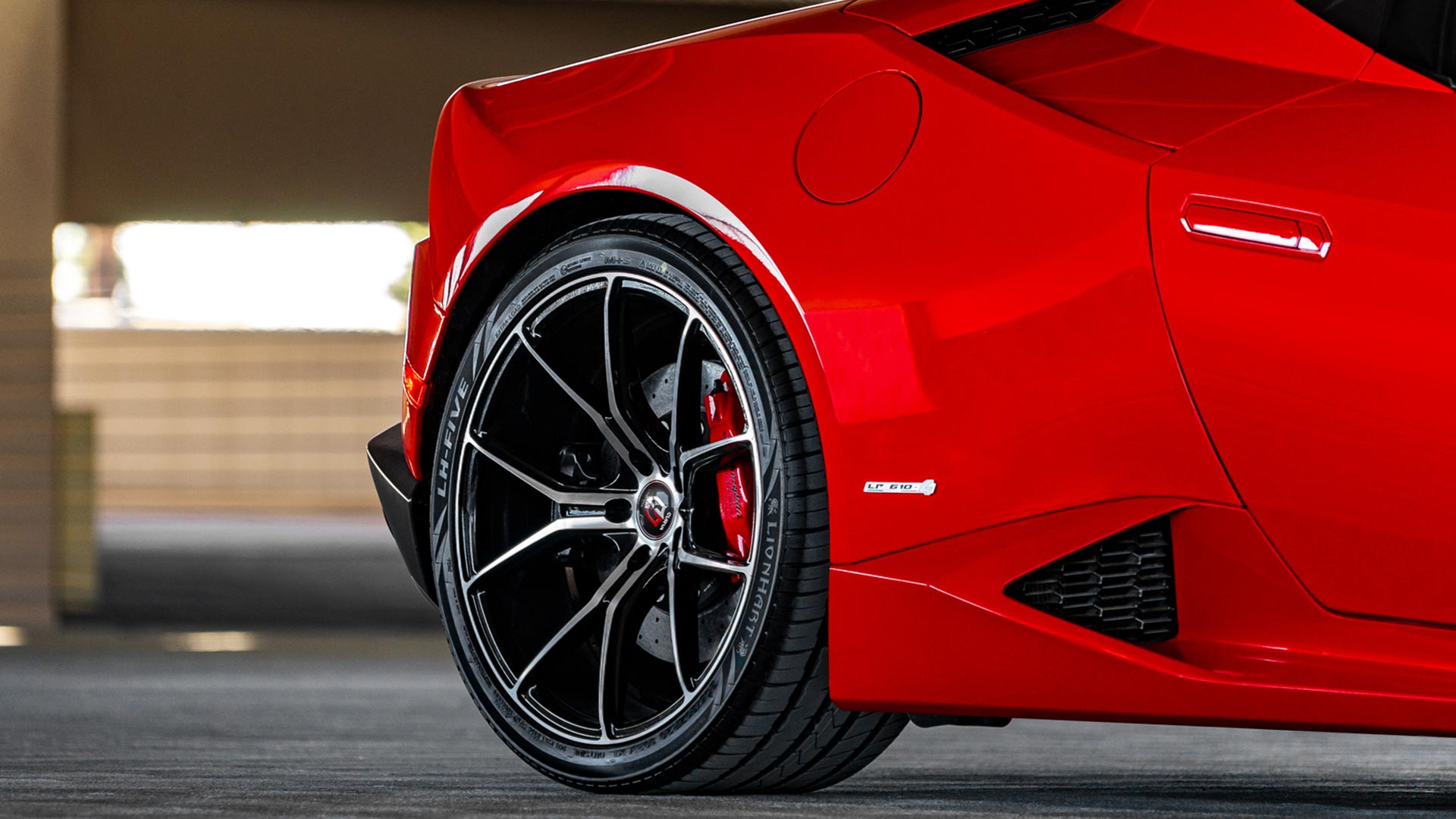
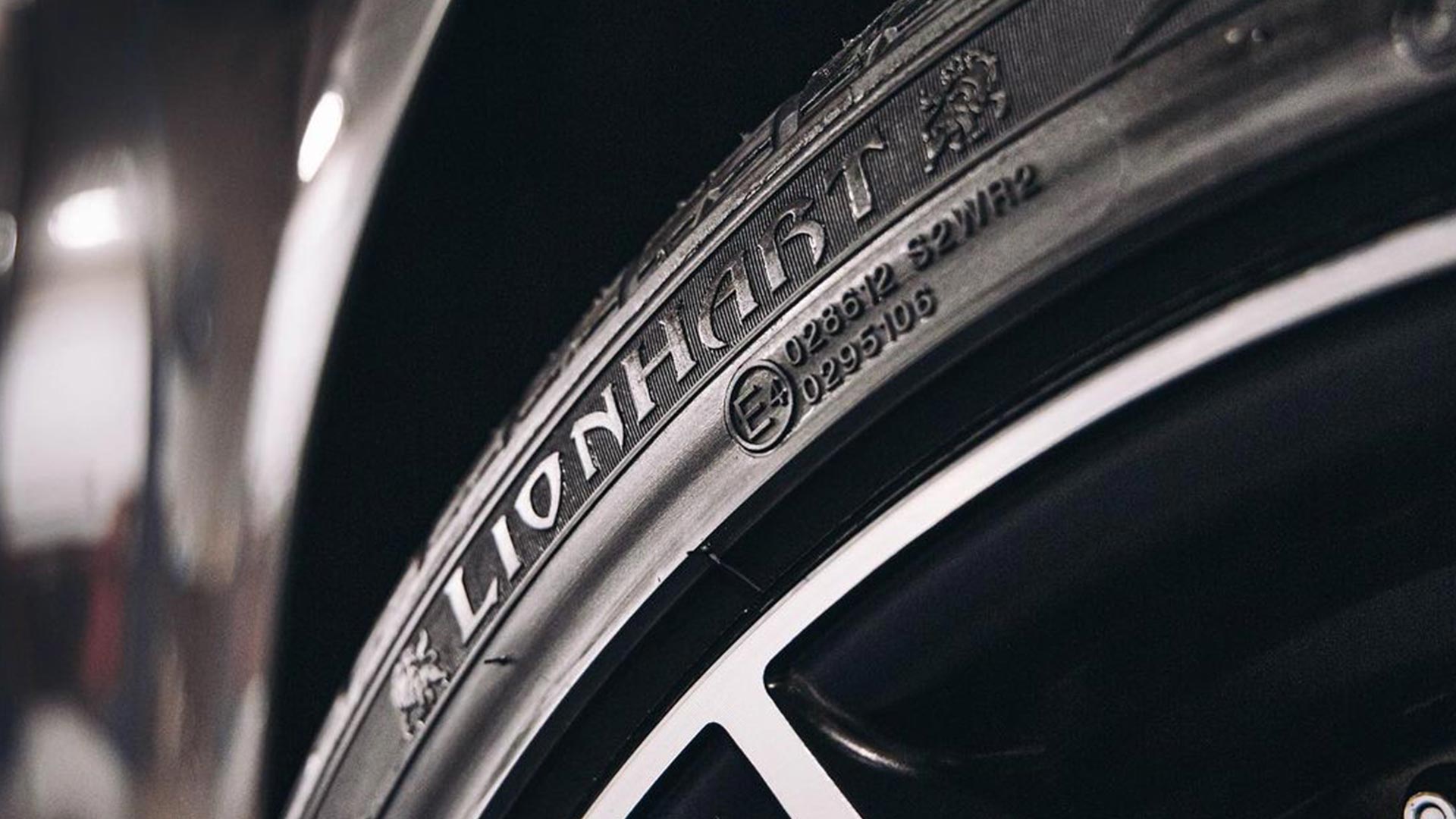
Tire Bulge
Tire bulges occur when the tire takes impact damage or if the vehicle travels on rough roads. Tire bulges are easy to spot, as you will notice a bump either on the tread itself, or more commonly on the tires’ sidewall.
Vibration
Vibrations and thumping noises can be felt and heard while driving. This usually indicates that a tire is out of balance.
Pulling & Drifting
While driving, the vehicle pulling either to the left or right may indicate an underinflated or damaged tire on the side of the vehicle to which the car pulls. If the tire is not damaged, then the braking system or improper wheel alignment may be the culprit.
MAINTENANCE
Most tire maintenance procedures require an automotive repair specialist as they possess the proper tools and knowledge. However, having an understanding of these procedures will help you feel more confident in dealing with a repair technician.
Tire Rotation
Tires on the front and rear of the vehicle operate at different loads and perform different braking and steering functions, which lead to uneven tread wear patterns. To maximize tire life and performance, it’s essential to rotate your tires. Detailed tire rotation information can be found in the vehicle’s owner’s manual. Generally, tire rotations are performed every 5,000 to 7,500 miles.
Tire Balancing
Properly balanced tires minimize uneven tread wear and extend their life. When tires are balanced, small weights are attached to the barrel of the wheels to reduce vibration as you drive. Newly installed tires should be balanced, and thereafter whenever a vibration is noticed. Balancing must also be performed when a tire is removed from a wheel, such as when a damaged tire is being repaired or patched.
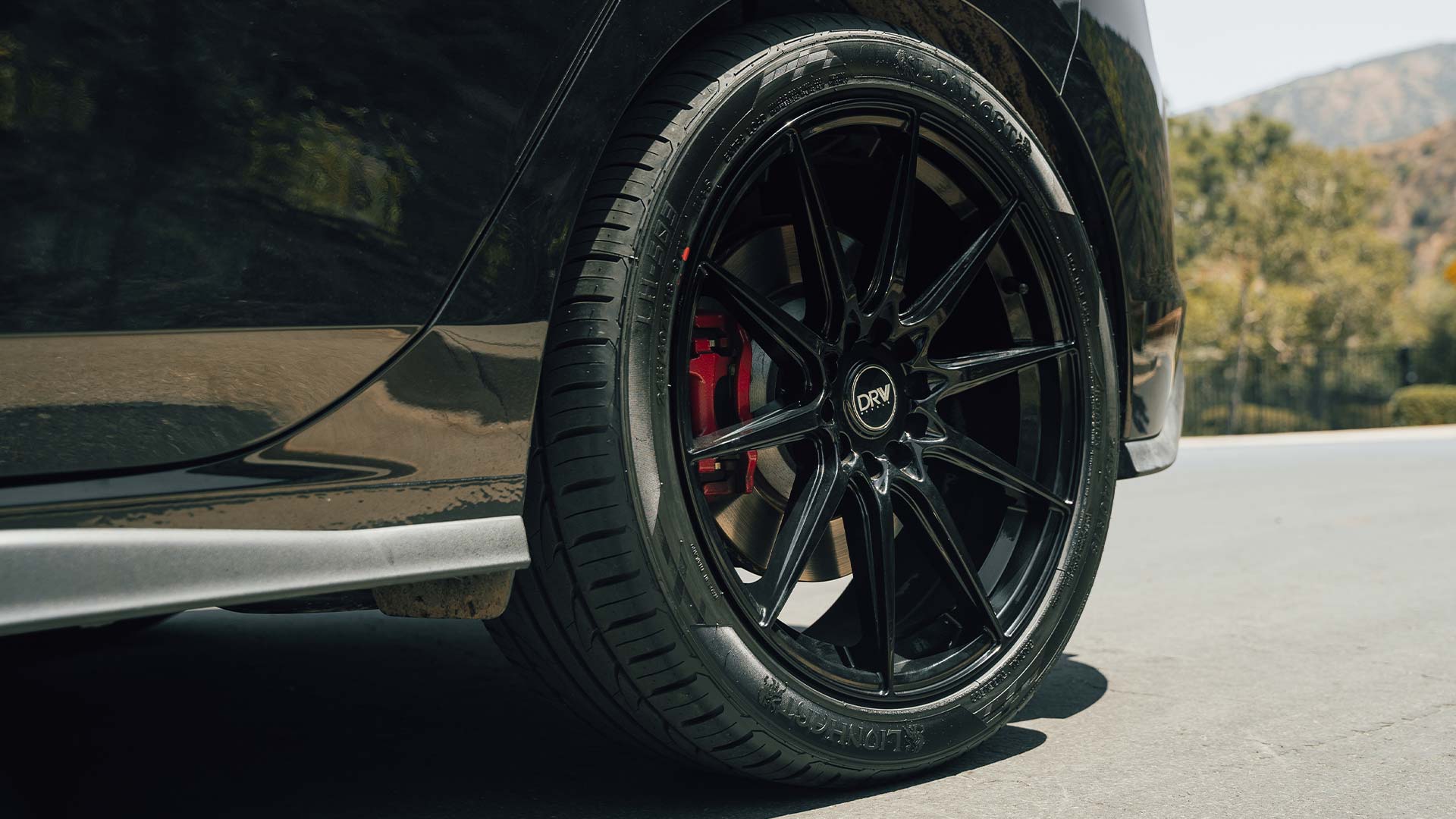
Wheel Alignment
Wheel alignment is the measurement of the position of the wheels compared to specifications that the vehicle manufacturer recommends. If these measurements fall outside of the recommended range, uneven tire wear can occur and the vehicle’s handling and fuel economy can be affected.
Wheel alignment should be checked and adjusted when new tires are installed, or when unusual steering characteristics are noticed. You’ll know when the alignment is properly set up if the car drives down the road in a straight line without pulling or drifting to either side. It’s important to also note that a drift or pull can be caused by issues outside of wheel alignment, so a thorough inspection should be performed by a qualified technician.
Tread Depth Inspection
Tire grooves, also called tread, help the tire grip the road. While most new tires have a tread depth around 10/32nds of an inch, the tread wears down over time. This makes it more difficult to steer your vehicle, reduces traction, and increases braking time.
The Department of Transportation (DOT) deems tires that have tread at or below 2/32nds of an inch to be unsafe. While your tire technically has enough tread to drive, it can be unsafe to drive in certain conditions or for long distances.
To learn more about measuring tread depth, click here.

Tire Age
Regardless of how many miles a tire has been driven, tires degrade over time and become more prone to failure. Factors such as environmental conditions, storage and maintenance can influence how long a tire will last even if it’s only driven a few hundred miles a month.
While there is no set requirement for when to replace tires due to age, the general consensus is to replace them six years after the manufacture date. It’s also important to note that you should never drive on tires older than 10 years.
Tire Inflation
Keeping your tires properly inflated is one of the best ways to maintain fuel economy and extend their life. Check your tires at least once a month, either at home with a tire gauge or by a certified auto technician.
Tires pressure recommendations are geared towards cold tires. Therefore, tire pressure should be checked at ambient temperature before the vehicle has been driven. Finding the recommended inflation pressure for your tires can be found in the vehicle’s owner’s manual or on the tire information sticker found in the driver’s door jamb.
When Do I Need New Tires?
In addition to the above mentioned tire maintenance methods, there are other situations when your tires are telling you it’s time for replacement. There is no way to tell exactly how long a tire will last. The lifespan and mileage of a tire depends on a combination of factors: design, driver habits, climate, road condition and care.
Loss of Traction
If it feels like your vehicle is slipping or sliding during wet and rainy weather, this could indicate low tire tread that is failing to evacuate water away effectively. Because tire tread can wear unevenly, you might not notice that some of your tread has worn thin and is affecting traction.
Loss of Pressure
Some types of tire damage, including debris between the wheel and the tire and sidewall damage, can cause continuous pressure loss. Sometimes this damage can be repaired, but some situations will call for new tires.
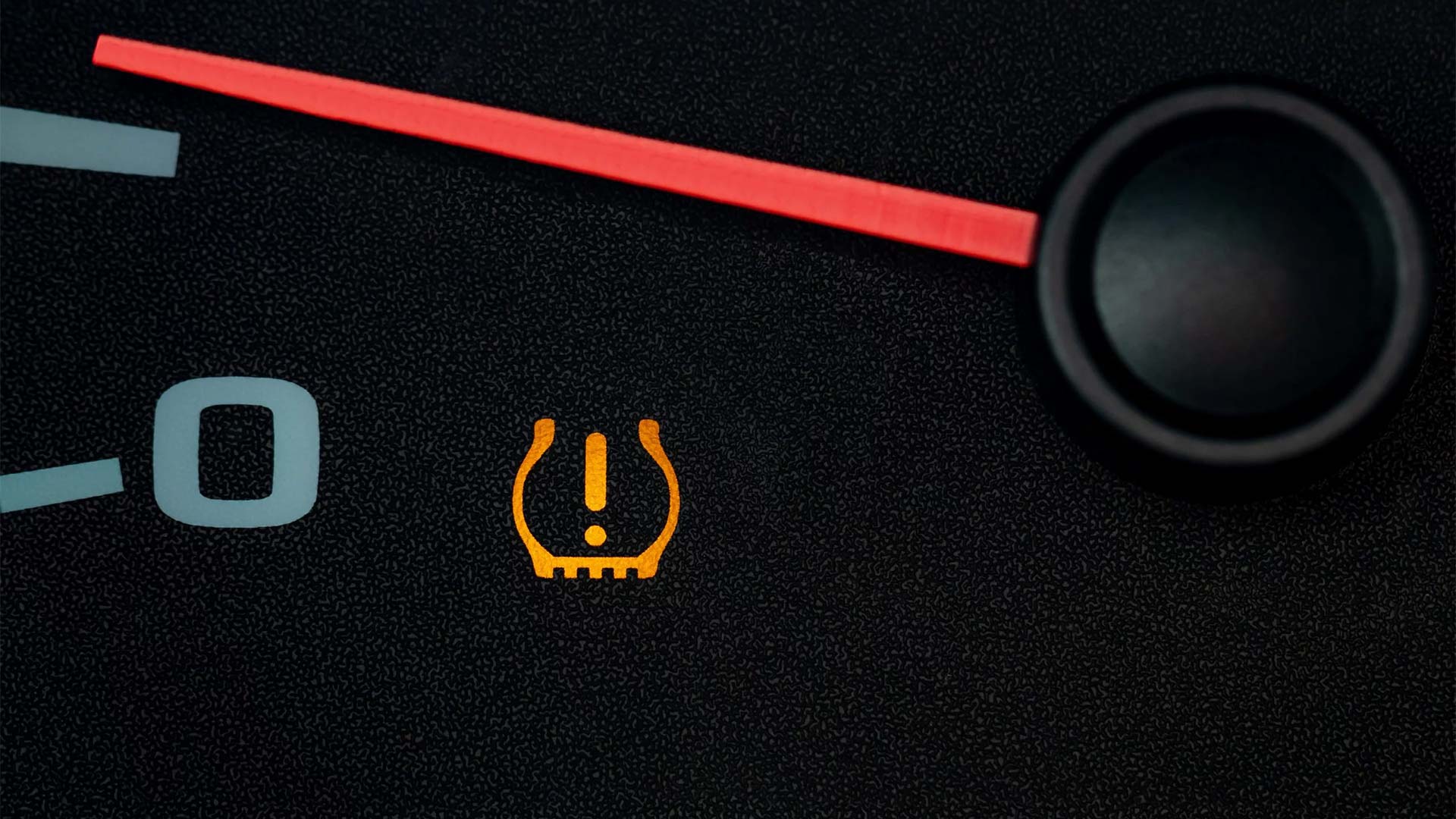
CLIMATE CHANGE
Some tires are designed for specific road conditions such as extreme temperatures. Winter tires, for example, have deeper grooves and are meant to be more flexible in cold weather. For example, using winter tires on warm pavement can wear them down faster. If you move to a new climate, pay attention to road conditions and weather patterns to determine if you need to replace your tires.
DRIVING HABITS
Driving habits can also have an impact on a tire’s lifespan. Driving habits such as speeding, quick starts, emergency braking, driving on damaged roads, and neglecting vibrations or noises from the tire can cause premature failure.
Do All Four Tires Need To Be Replaced At Once?
A common question drivers ask is if it’s required to replace all four tires at once. The short answer is yes. It’s suggested to replace all four tires at once because tires are key to the performance and handling of a vehicle. If tires don’t match, one end of the vehicle may have difficulty responding as quickly as the other.
If you do find yourself replacing fewer than four tires, select tire that are exact or similar to what is currently installed on the vehicle. If only two tires are being replaced, be sure to install them on the same axle. Always select tires that are within the same category as your existing ones. If your vehicle has performance tires installed, replace the old ones with performance tires.
Shop Smart
Before making the leap and purchasing a new set of tires, get to know the basics. Tires come in a wide variety of sizes, so it’s essential to select the right tire for your car.
Check out our How To Choose Tires and Tire Markings guide to make a more informed decision when shopping for new tires.


